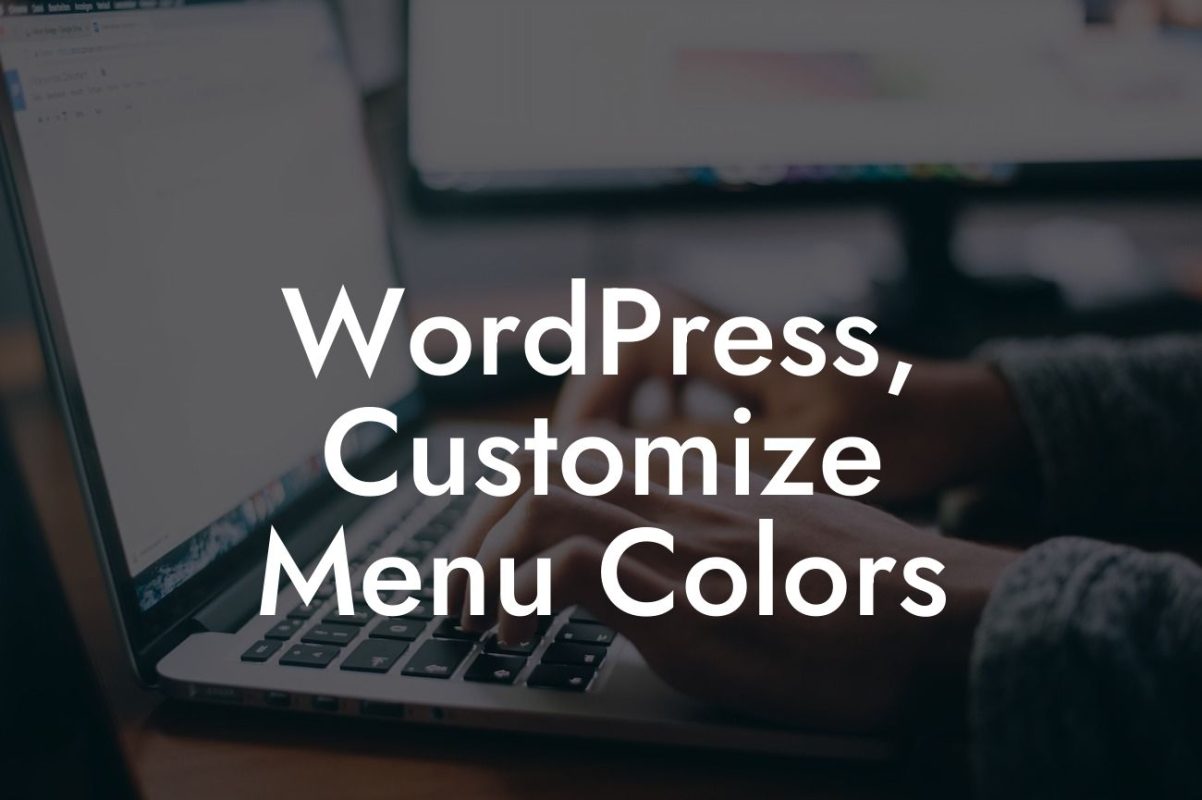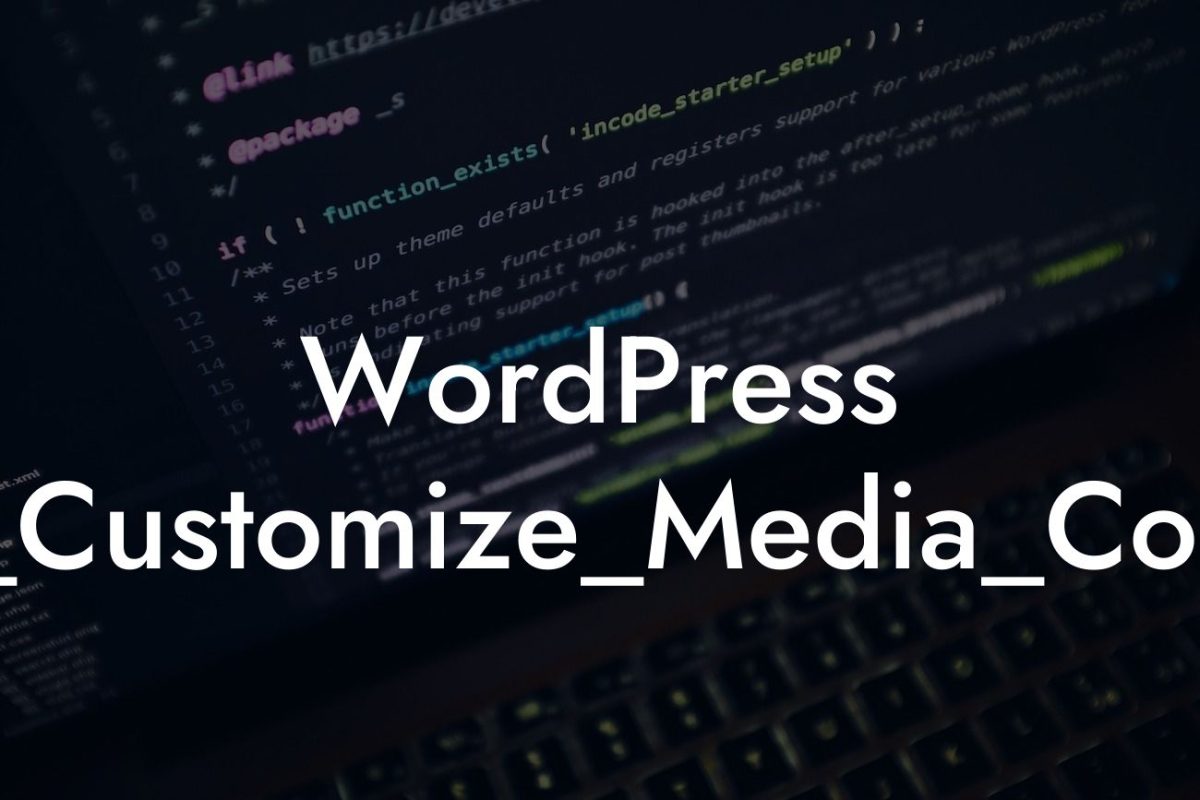Adding a meta tag in WordPress may sound like a complex task, but fear not. In this comprehensive guide, DamnWoo will walk you through the process step-by-step. By the end of this article, you'll have a clear understanding of how to utilize meta tags to improve your website's SEO and increase its visibility in search engine results. Say goodbye to relying solely on keywords and embrace the power of meta tags to take your online presence to the next level.
Engaging Headings: Why Meta Tags Matter in SEO
Meta tags play a crucial role in optimizing your website for search engines. They provide valuable information about your webpage to search engines and help them understand the content and context of your website. Here's a detailed breakdown of how to add meta tags in WordPress:
Engaging Headings: Step 1 - Install and Activate SEO Plugin
To begin, you'll need to install and activate an SEO plugin that allows you to add meta tags. Popular options include Yoast SEO, All in One SEO Pack, and Rank Math. Once installed, you'll find an SEO plugin menu in your WordPress dashboard.
Looking For a Custom QuickBook Integration?
Engaging Headings: Step 2 - Navigate to Meta Tags Settings
Within the SEO plugin menu, locate the meta tags settings. This section contains various options to customize your meta tags, such as title tags,
Engaging Headings: Step 3 - Customize Your Meta Tags
Now it's time to customize your meta tags. Start by focusing on the meta title, which is the title displayed in search engine results. Craft a compelling and concise title that accurately describes your webpage. Aim for a length of 50-60 characters to ensure it doesn't get cut off.
Next, move on to the
Engaging Headings: Step 4 - Optimize Meta Tags for Keywords
Keywords are an essential component of SEO, and they should be incorporated into your meta tags. Identify the primary keywords for your webpage and ensure they are strategically placed within the meta title and description. However, avoid keyword stuffing, as it can be detrimental to your SEO efforts.
Engaging Headings: How To Add A Meta Tag In Wordpress Example
To better illustrate the process, let's consider a hypothetical scenario. Suppose you run a small bakery called "Sweet Delights" and want to optimize your website for the keyword "best cakes in town." Your meta title could be "Sweet Delights - Home of the Best Cakes in Town" and the
Congratulations! You've successfully learned how to add a meta tag in WordPress. By implementing these techniques, you can enhance your website's visibility on search engines, leading to a higher click-through rate and increased organic traffic. Remember to explore other guides on DamnWoo to further enhance your online presence and take advantage of our awesome WordPress plugins. Don't forget to share this article with others who can benefit from the power of meta tags. Start optimizing your website today and watch as your online success soars.
Authoritative tips to help your website reach the top rankings. Explore DamnWoo's Ultimate SEO Guide and try our powerful and user-friendly WordPress plugins.













